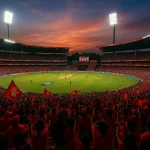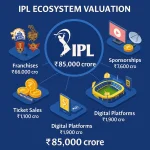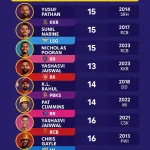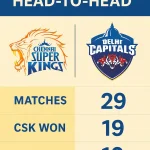
There are a million stories told every season in the IPL. Most of them start with a six or a wicket, a wide-eyed rookie or a last-ball finish. But there’s one constant in every story, every delivery, every match day: the ball. Specifically, the IPL cricket ball — the Kookaburra Turf White.
And while it’s easy to overlook the thing that gets smashed into the stands or kissed with reverse swing, the truth is: this ball has a history, an economy, and a personality all its own.
Not All Cricket Balls Are Born Equal
Let’s be clear. The red ball, the pink ball, the white ball — they all behave like cousins at a family dinner. Familiar, but with wildly different personalities.
The white Kookaburra used in IPL is built for visibility under floodlights and consistency across overs. That slick, glossy coat? It’s not just for show. It helps maintain shine (at least for the first ten overs), and the seam is flatter than its SG or Dukes counterparts. That makes it harder to grip and swing, especially late in the game. But that’s the challenge of T20, isn’t it? Fast action, unforgiving margins.
And because it deteriorates faster, the IPL logistics team doesn’t mess around.
An average of 8–10 balls are used in a single IPL match. That’s not excess. It’s survival.
Cost Breakdown: How Much Does an IPL Cricket Ball Really Cost in 2025?
Let’s get this myth out of the way: “It’s just a ball. How expensive can it be?”
Turns out, it’s pretty damn expensive. Especially when you factor in the production, import duties (Kookaburra is Aussie), branding, and league-level licensing.
Here’s what the ball really costs:
| Component | Estimated Cost (INR) |
| Raw leather + Processing | ₹3,000 |
| Manufacturing & Stitching | ₹4,000 |
| Import Duties & Logistics | ₹2,500 |
| IPL Branding + League Handling | ₹1,500–2,000 |
| Total Per Ball | ₹11,000–14,000 |
Now multiply that by 10 balls per match and 74 matches per season.
You’re looking at a cricket ball budget of ₹1+ crore per season.
Yes, one crore.
The Ball Is a Brand Too
While the spotlight is (rightfully) on players, there’s a subtle promotional game at play. The Kookaburra logo flashes on TV screens a thousand times a night. It’s not just equipment, it’s product placement. Think of it like Nike sponsoring every boot in the World Cup.
And for Kookaburra, being IPL’s official supplier is like having front-row seats to the biggest show in cricket. Only they get to sell the popcorn too.
Durability vs. Drama
One of the biggest complaints from bowlers? The white ball dies too fast.
After 10 overs, swing vanishes. After 15, the grip is gone. And in those final five overs, it turns into a glossy, dead weight. But here’s the twist: that’s kind of the point.
T20 isn’t about nuance. It’s built for drama, spectacle, and power. The white ball forces bowlers to innovate. Off-cutters, slower ones, back-of-the-hand tricks — that’s how you fight the dying swing.
Ask Bhuvneshwar Kumar. He’ll tell you it’s not about what the ball does, but what you make it do.
What Happens to Used IPL Balls?
Ever wonder what happens to a ball once it’s scuffed beyond use?
Some go into training kits. Others end up at charity auctions or IPL merchandise campaigns. And a few? They find their way to collectors who prize them more than signed jerseys.
There’s even a rumor that some franchises keep specific match-used balls as lucky charms in dressing rooms. Superstition in cricket? Of course.
The Rise of Smart Balls: Coming Soon?
Rumours of sensor-loaded cricket balls popping up in practice nets by 2025 are getting harder to ignore. Picture this on your screen:
- real-time spin and speed numbers
- seam-angle breakdowns at a glance
- ball-tracking data fed straight to the commentators
The so-called Smart IPL Ball is still just a prototype, but a full launch by 2027 is no wild guess.
Purists will probably roll their eyes, just like they did with helmets, DRS, and boundary ropes. That initial push-back usually turns into quiet acceptance over time.
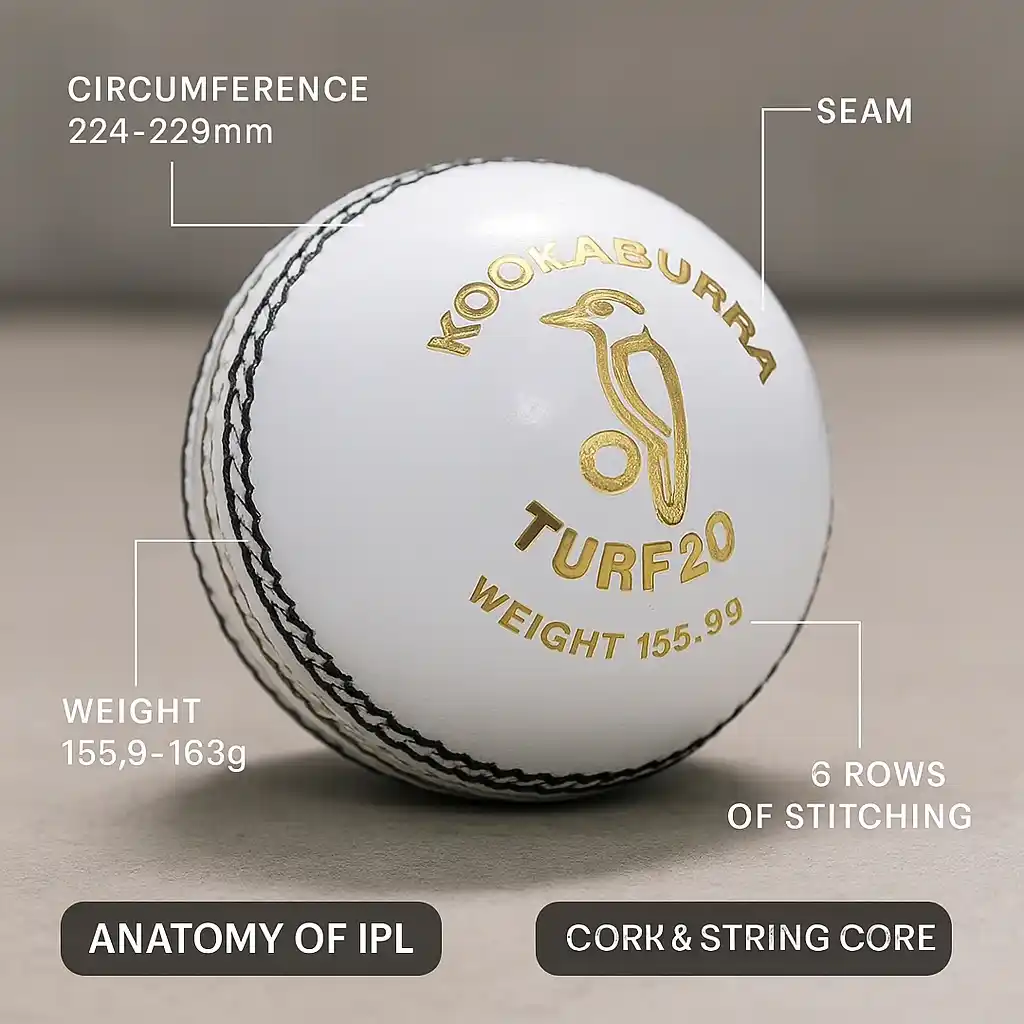
Ball Comparisons: Kookaburra vs SG vs Dukes
| Feature | Kookaburra Turf (White) | SG (Red) | Dukes (Red) |
| Country | Australia | India | England |
| Seam | Flat, machine-stitched | Prominent, hand-stitched | Very prominent, hand-stitched |
| Swing | Low (post 10 overs) | Medium | High (longer) |
| Shine Retention | Medium | High | High |
| Durability | Low | High | Very High |
Final Thought: The Ball Isn’t Just the Ball
We love to debate captains, highlight match-ups, size up the dew, and crunch net run rates. Yet the ball? It usually gets blandly called “the white one.”
That’s a pity. Because this stitched leather sphere of paint and physics quietly sets the game’s rhythm.
So the next time a yorker dips or a slow ball fools a batter, keep in mind the economy, science, and flicker of poetry packed into that moment.
Everything starts with the ball.

Meet Arjun Kushaan, a passionate cricket analyst at The Cricket24x7. From street matches in his childhood to competitive college tournaments, cricket has always been a central part of Arjun’s life. With a strong background in data analysis and a natural affinity for numbers, he brings a fresh, analytical lens to the game. At The Cricket24x7, Arjun blends his deep love for cricket with his data-driven approach to deliver detailed insights and well-rounded coverage for fans of the sport.

